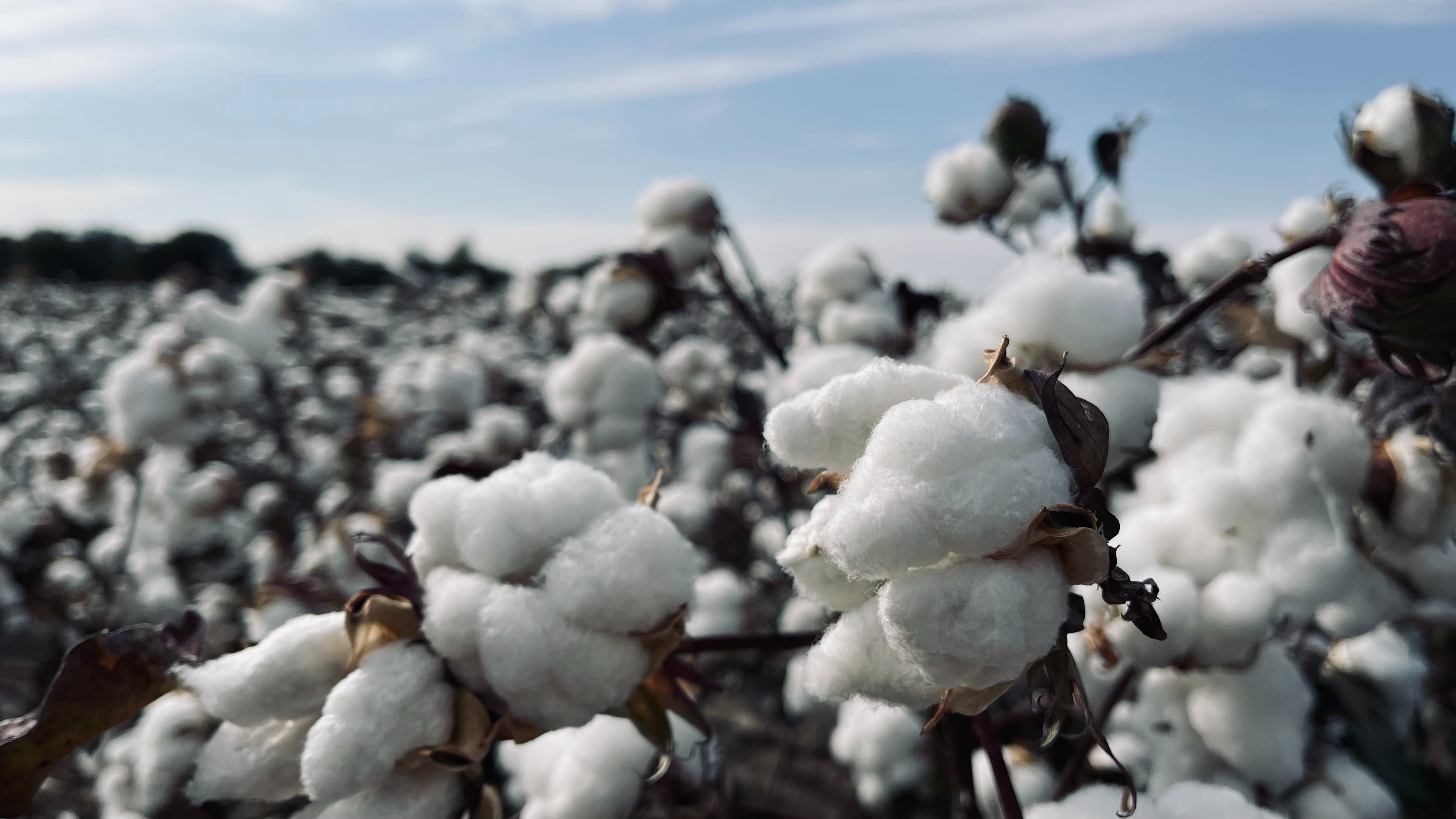About
Even though agricultural technology and innovation can be beneficial to farmers, adoption rates often remain low. Subsidies for adoption are a popular approach to increasing take up. However, when adoption depends not just on take up but also on whether the individual actually uses the technology, placing a subsidy on take up may not be sufficient for increasing use.
Across Zambia, where cotton farming is an important source of income for many smallholder farmers, the introduction of a specific nitrogen-fixing tree species called Faidherbia albida has been shown to help cotton farmers increase their yield up to 400%. However, tree cultivation takes years of the farmers’ time and effort, thus adoption remains low. Subsidies to lower the price of seedlings may not be effective at keeping the trees alive, given that farmers need to continue to invest even after they take up the seedlings.
We studied the effectiveness of subsidies for technology adoption by varying the incentives for take-up of Faidherbia albida along with rewards for tree survival. How do farmers respond to these incentives, and how can policymakers optimally design subsidies for agricultural technology adoption?
